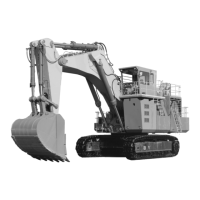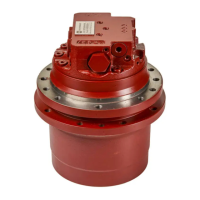What does *ERR error code mean on Hitachi EX1200-7 Excavators?
- AAshley SmithAug 13, 2025
The *ERR error code could be caused by a poor sensor connection. Try removing and refitting the pod connection cable. It could also indicate corrupted coding, in which case you should access the factory setup and perform a default reset using pin 6759.




